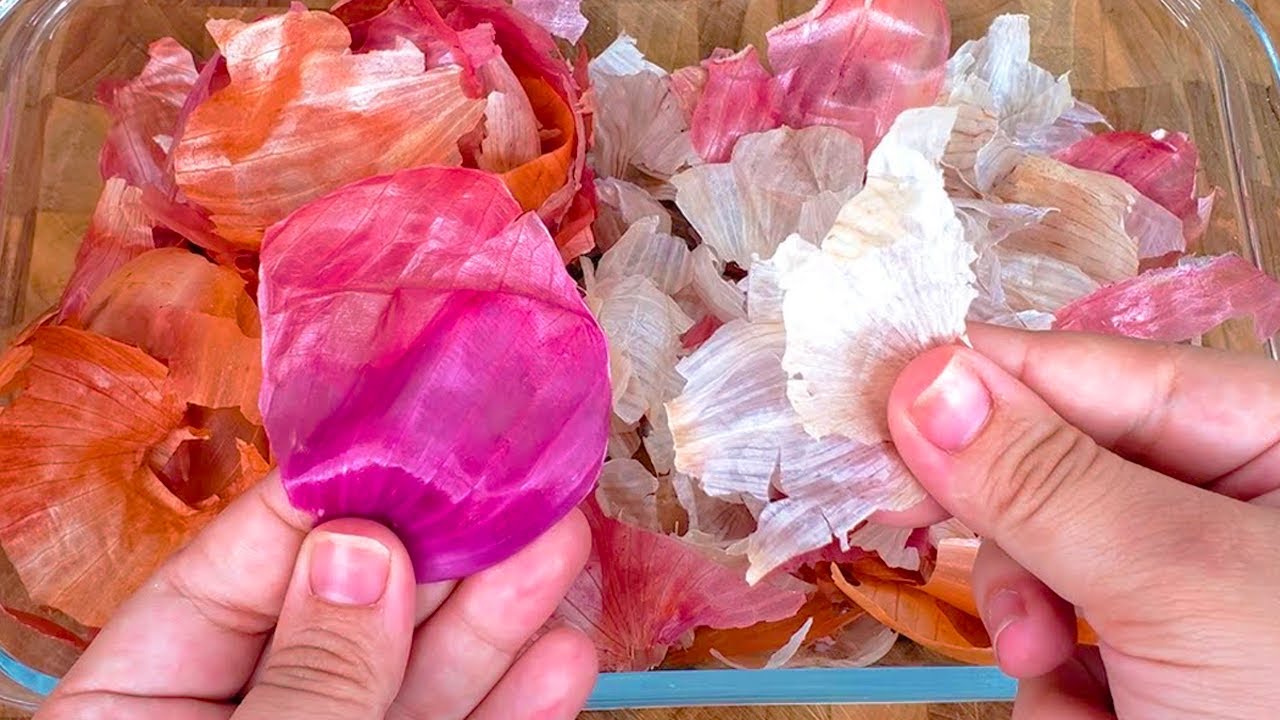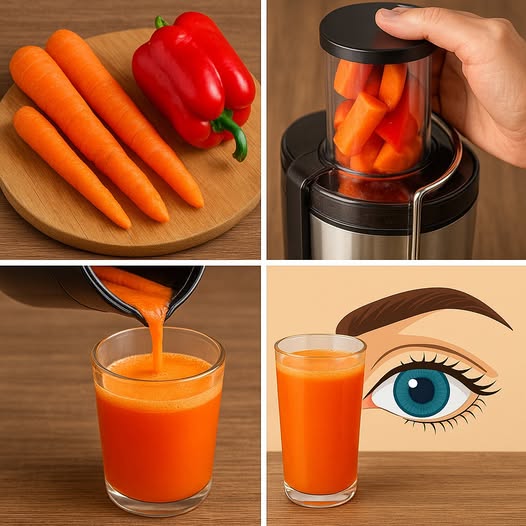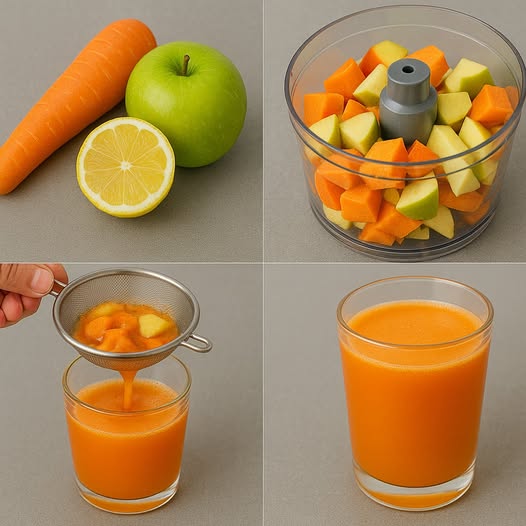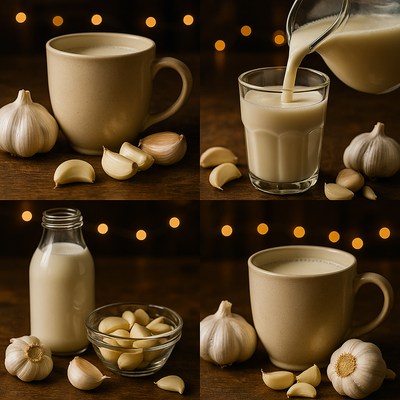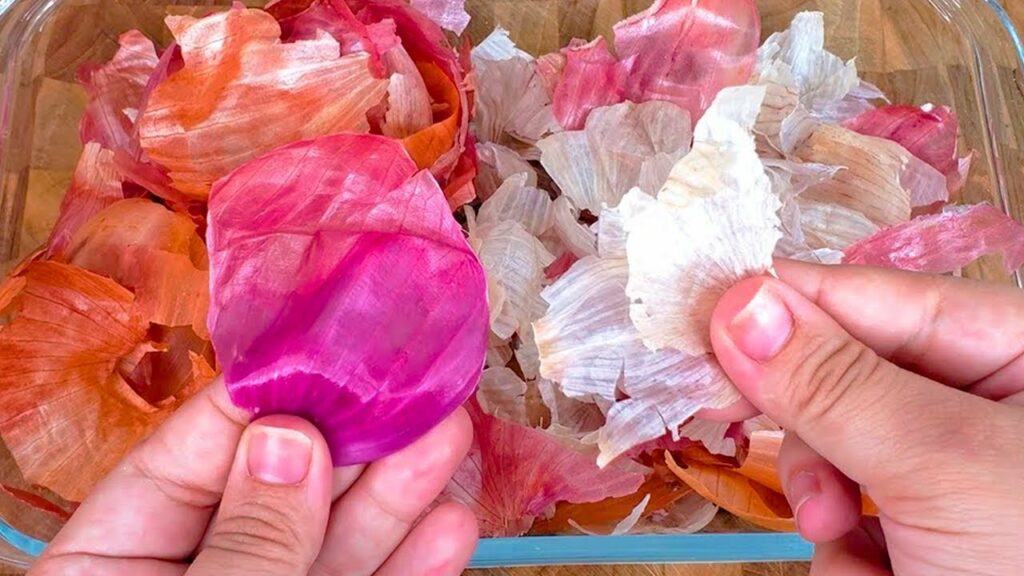
Garlic and onion peels are often discarded without a second thought, but they are surprisingly versatile and packed with nutrients. Here are some creative and useful ways to make the most out of these often-overlooked kitchen scraps.
Benefits of Garlic and Onion Peels
-
Nutrient-Rich: Garlic and onion peels contain vitamins, minerals, and antioxidants that are beneficial for health.
-
Flavor Enhancer: They add depth and flavor to soups, stocks, and broths.
-
Natural Dye: They can be used to create natural dyes for fabrics and Easter eggs.
-
Garden Boosters: They can be used to enhance soil quality and repel pests in the garden.
How to Use Garlic and Onion Peels
1. Homemade Vegetable Stock
Ingredients:
-
Peels from garlic and onions
-
Other vegetable scraps (carrot tops, celery leaves, etc.)
-
Water
-
Salt and pepper to taste
-
Herbs (optional, like thyme, bay leaves, parsley)
Instructions:
-
Collect Peels: Save your garlic and onion peels in a large bag or container in the freezer until you have a substantial amount.
-
Combine Ingredients: Place the peels and other vegetable scraps in a large pot. Add enough water to cover the scraps.
-
Boil and Simmer: Bring the water to a boil, then reduce to a simmer. Let it cook for 45 minutes to an hour.
-
Strain and Store: Strain the stock through a fine mesh sieve or cheesecloth. Store the stock in the refrigerator for up to a week or freeze for longer storage.
2. Flavorful Rice or Grains
Instructions:
-
Add to Cooking Water: When cooking rice, quinoa, or other grains, add a handful of garlic and onion peels to the water.
-
Simmer and Strain: Cook as usual, and strain out the peels before serving. This infuses the grains with a subtle, savory flavor.
3. Natural Dye
Instructions:
-
Collect Peels: Save a generous amount of garlic and onion peels.
-
Boil in Water: Boil the peels in water for about 30 minutes to extract the color.
-
Strain and Use: Strain out the peels and use the colored water to dye fabrics, yarns, or Easter eggs.
4. Gardening Uses
Instructions:
-
Compost: Add garlic and onion peels to your compost bin. They decompose and enrich the compost with nutrients.
-
Pest Repellent: Scatter dried peels around your garden to repel pests like aphids and slugs.
-
Fertilizer Tea: Soak garlic and onion peels in water for a few days. Use the strained liquid to water your plants for a nutrient boost.
5. Nutrient-Boosted Cooking Oil
Instructions:
-
Infuse Oil: Place garlic and onion peels in a bottle of olive oil. Let it sit for a few days to infuse.
-
Use in Cooking: Use the infused oil for sautéing or as a base for salad dressings to add extra flavor and nutrients to your dishes.
Additional Tips
-
Storage: Keep a container in your freezer to collect garlic and onion peels until you have enough for your chosen use.
-
Safety: Always wash peels thoroughly before use to remove any dirt or pesticides.
-
Experiment: Feel free to experiment with different combinations of peels and vegetable scraps to create unique flavors and uses.
Conclusion
Garlic and onion peels are more than just kitchen waste; they are valuable resources that can be used in a variety of ways. From enhancing the flavor of your dishes to boosting your garden’s health, these simple tips help you make the most of these often-discarded scraps. Try incorporating these ideas into your routine and discover the benefits of never throwing away garlic and onion peels again!
